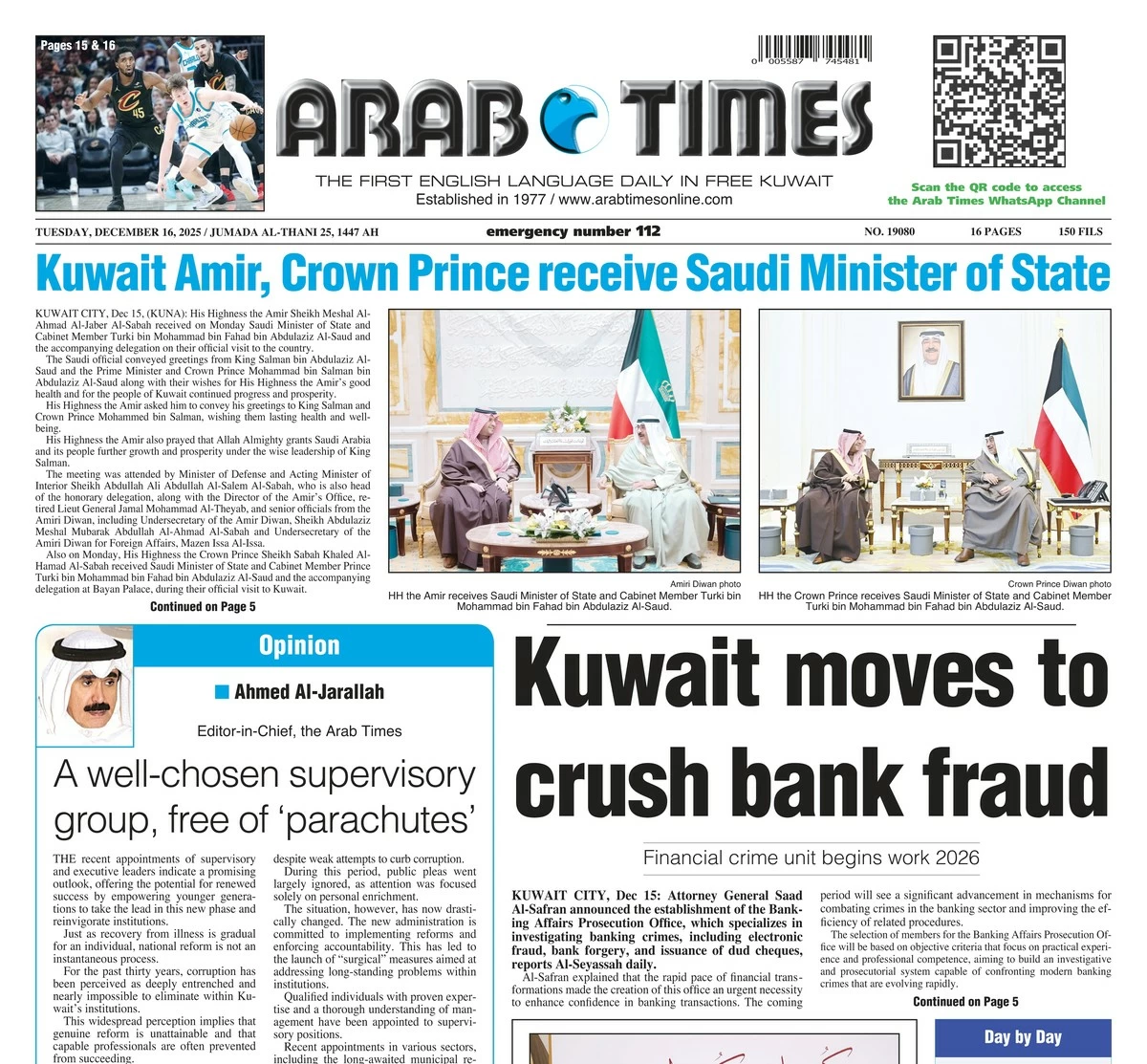26/10/2025
26/10/2025
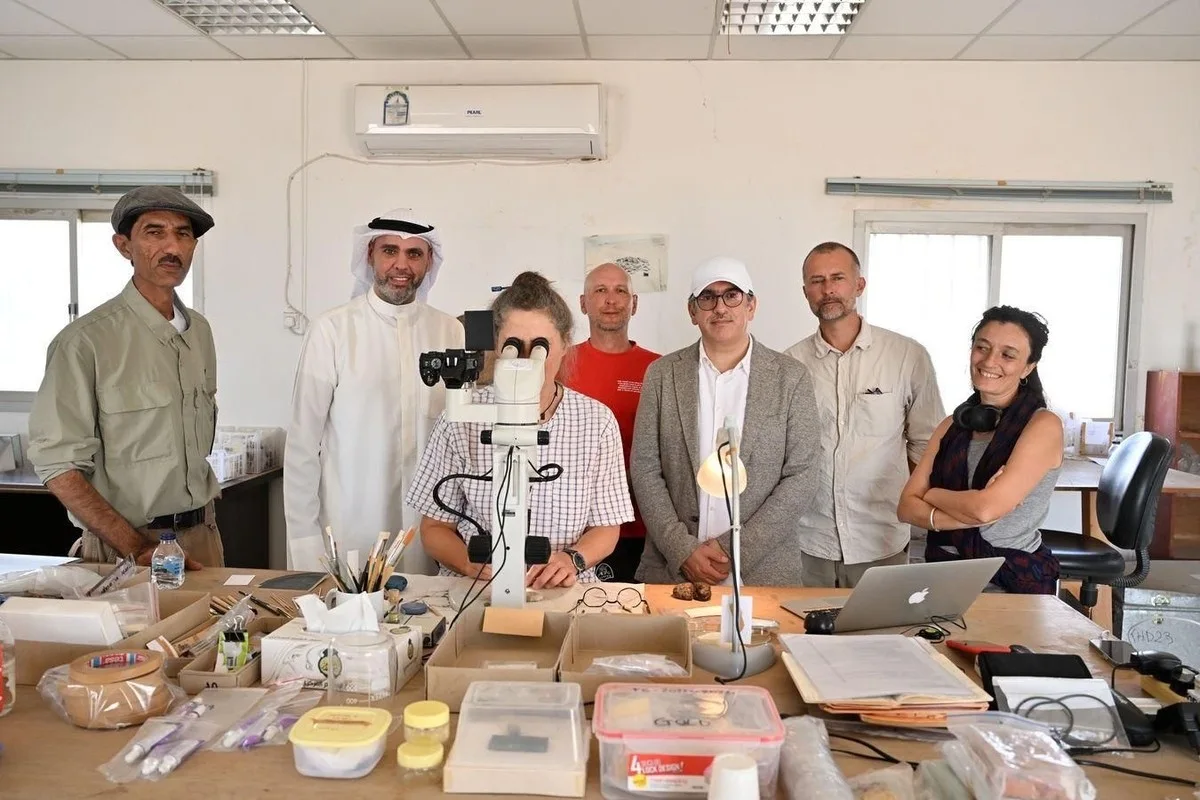
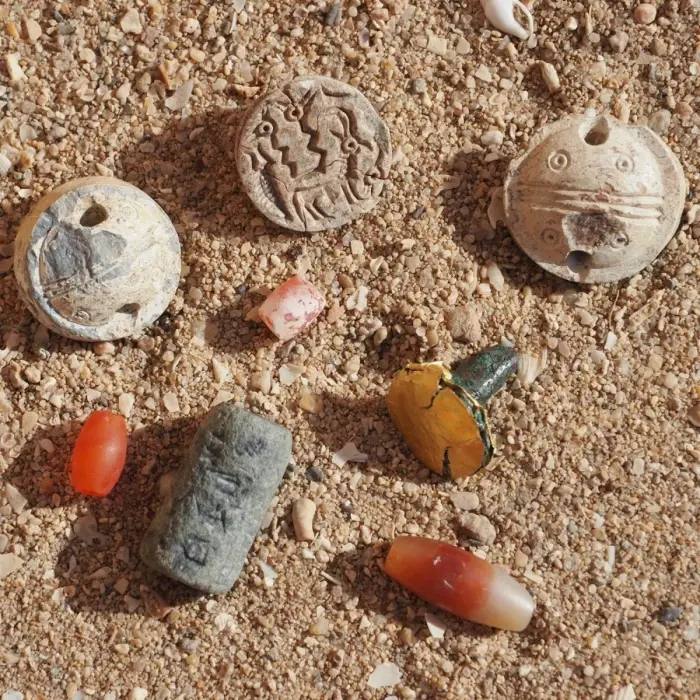
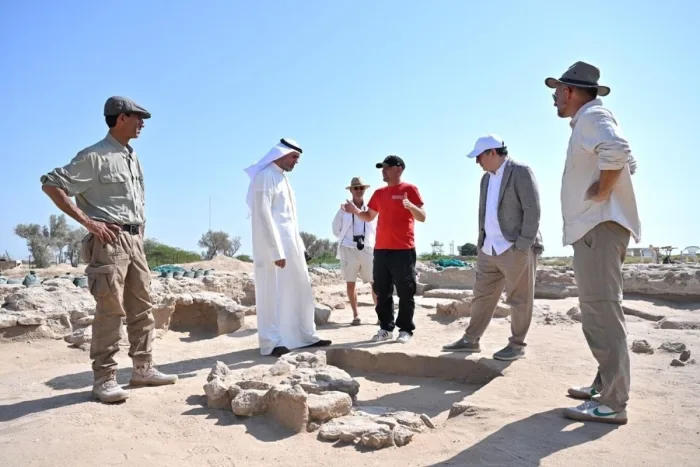
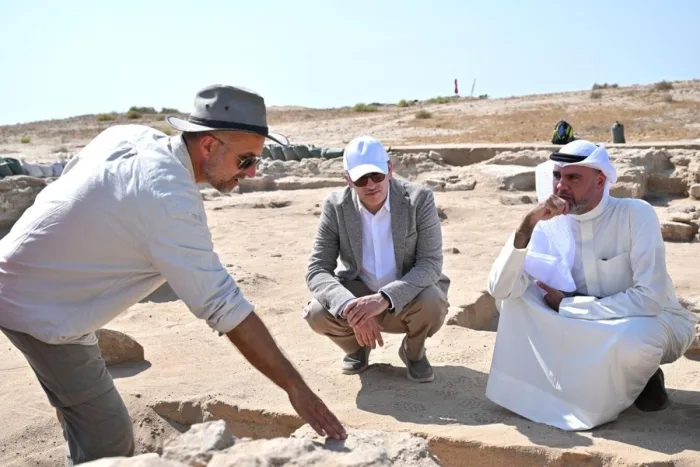
KUWAIT CITY, Oct 26: A significant archaeological discovery has been made on Failaka Island, Kuwait, with the unearthing of a Bronze Age temple from the Dilmun Civilization, dating back nearly 4,000 years. The National Council for Culture, Arts and Letters (NCCAL) announced the finding on Sunday, marking a major milestone in the ongoing 2025 excavation season.
The discovery was made through a joint effort by Kuwaiti and Danish archaeologists, in collaboration with the Moesgaard Museum. Mohammad bin Redha, Acting Assistant Secretary-General for the Antiquities and Museums Sector at NCCAL, told KUNA that the excavation team uncovered the complete layout of a Dilmun-era temple, situated beneath another temple uncovered in previous seasons.
"This discovery confirms the existence of two superimposed temples at the same location, both dating back to around 4,000 years ago," said Bin Redha. "The NCCAL continues to support archaeological missions across Kuwait, focusing on excavation, restoration, and research to preserve our nation's cultural heritage."
The excavation site is located east of the "Palace" and "Dilmun Temple" areas, on a mound referred to as Tell F6, which is associated with the early Dilmun period of the Bronze Age.
Dr. Stefan Larsen, head of the Danish mission in Kuwait, highlighted that previous seasons had uncovered remnants of wall structures believed to be part of a small temple platform dating to around 1900 B.C., with dimensions of approximately 11 by 11 meters. This finding supports the ongoing recognition of Failaka Island as a central location for the Dilmun Civilization.
"Today's excavations revealed even older temple foundations below the previously discovered structure, confirming the continuity of the Dilmun culture on Failaka," Dr. Larsen explained. "Artifacts such as pottery and seals found at the site further indicate the religious and cultural significance of the temple to the early Dilmun period."
Dr. Hassan Ashkanani, a Professor of Archaeology and Anthropology at Kuwait University, described the discovery as a rare archaeological achievement. "This discovery adds to the growing number of temples on Failaka Island, bringing the total to four in the southwestern region, all from the same Bronze Age period," said Dr. Ashkanani. "This further cements Failaka's status as a major administrative and religious center of the Dilmun Kingdom."
Dr. Ole Hirsland, who has supervised excavations since 2022, explained that this season’s research will focus on the architectural analysis of the temples and the daily activities conducted within them. "These temples played a crucial role as religious, cultural, and political institutions in the history of Failaka Island and the Dilmun civilization," he noted.
The discovery offers new insights into the ancient religious practices of the Dilmun people, shedding light on the region’s rich historical and cultural legacy.
This ongoing excavation underscores Kuwait's commitment to preserving its archaeological heritage and enhancing global understanding of ancient civilizations in the Arabian Gulf.

